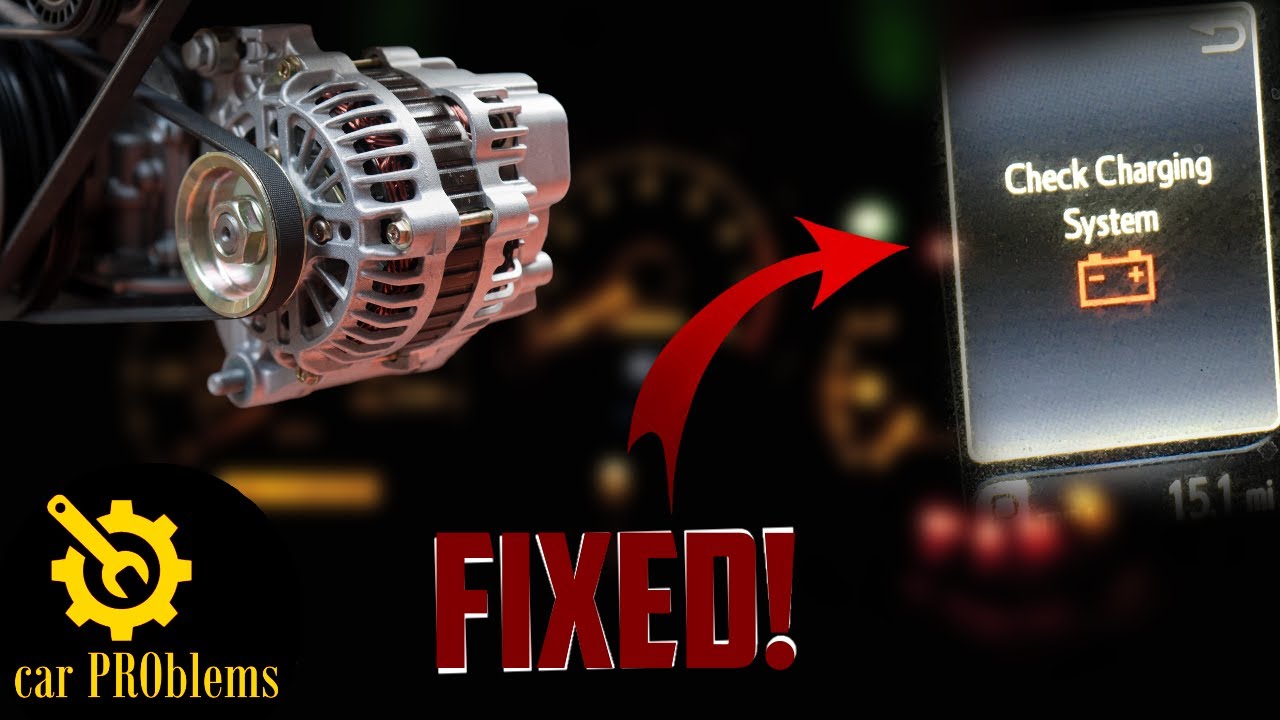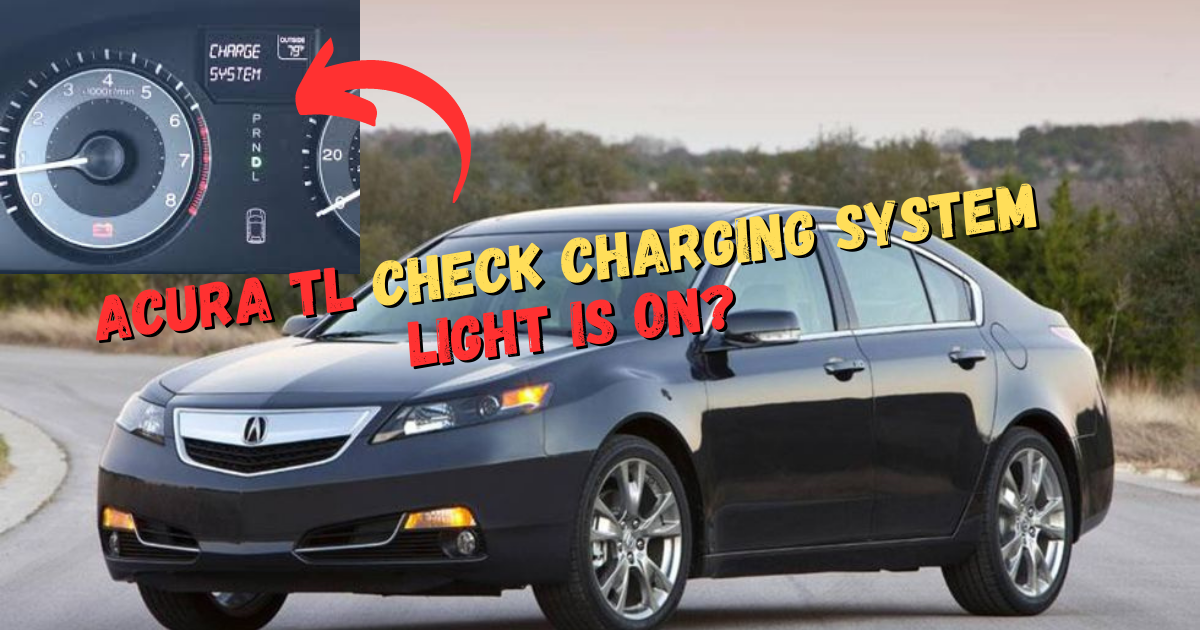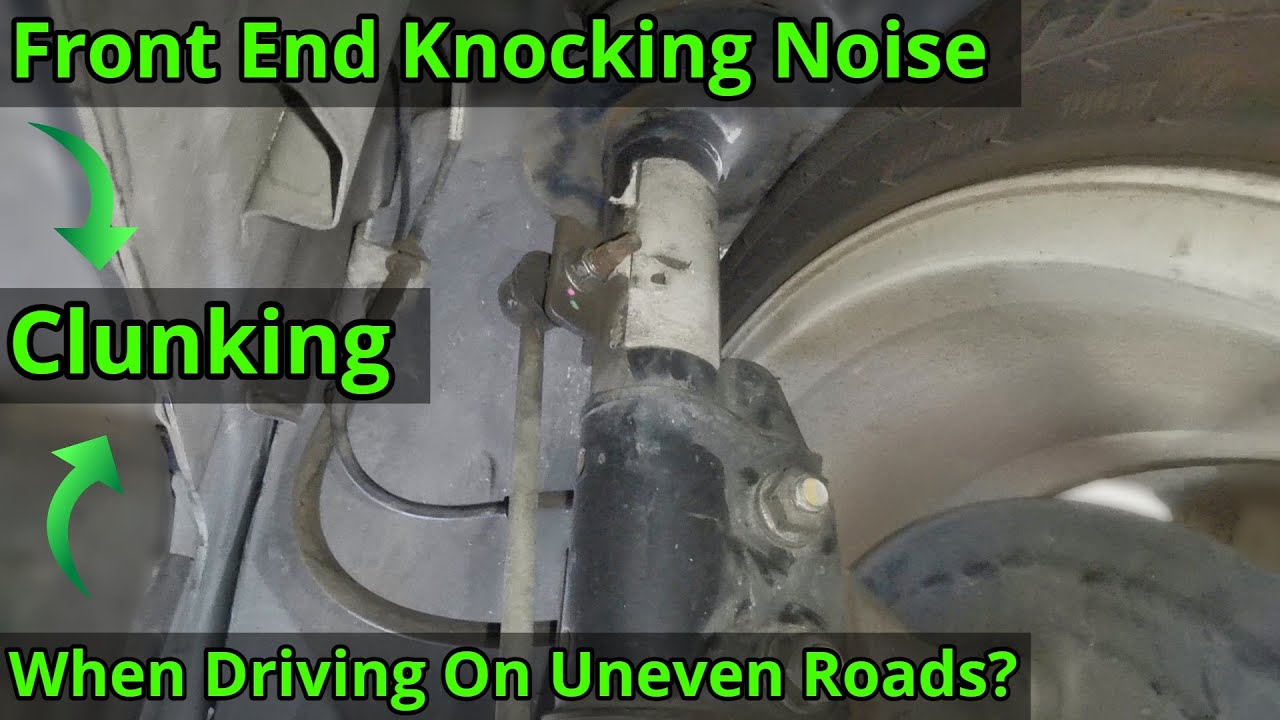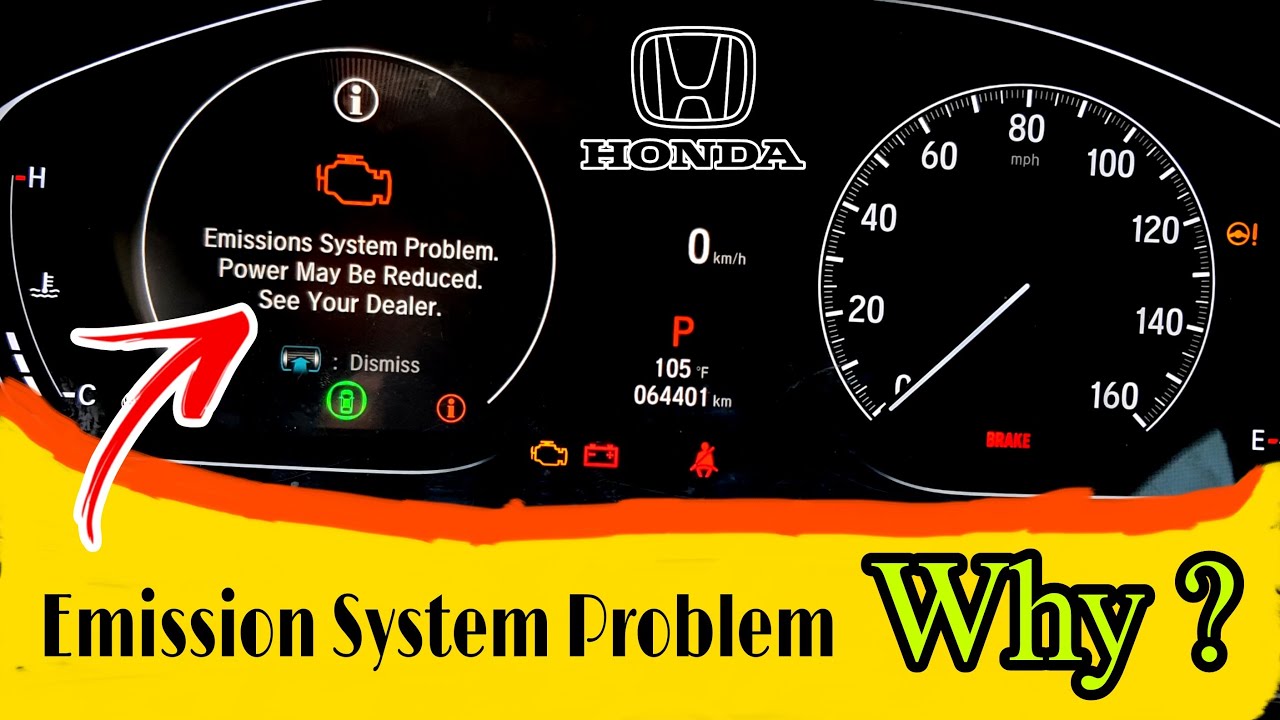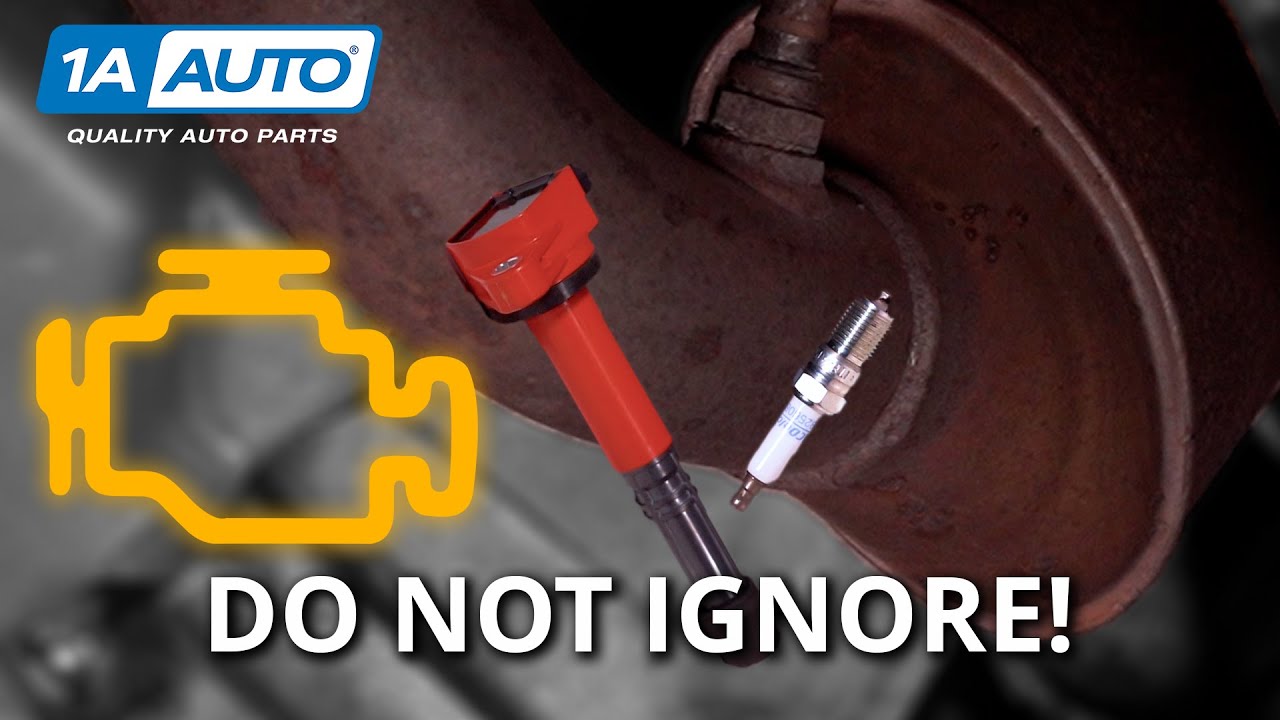Have you ever experienced your car’s check charging system light coming on unexpectedly? If so, you know it can be a cause for concern. But what does this warning light mean, and why is it important to address the issue immediately? And what are some of the possible causes and fixes that could help get your car back up and running in no time? These questions might seem daunting at first, but don’t worry – we’ve got all the answers!
When there is a check charging system light on your dashboard, consider the issue with your ECU, alternator, battery, blown fuses, impaired belts, loose wiring, or corroded terminals. Without prompt attention to any of the causes, the power may dissipate, leaving you without a car that works.
In this article, we’ll discuss the reasons behind a check charging system light coming on as well as eight potential solutions that may help fix any underlying issues. So if you’re ready to learn more about how to tackle this common automotive problem, keep reading!
What Is A Car Battery Charging System and How Does It Work?
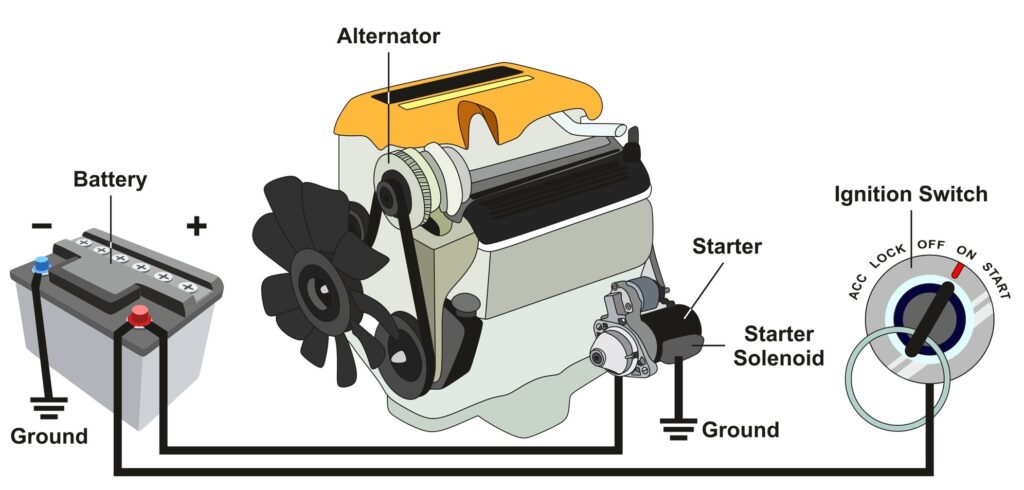
Understanding the basics of your car’s charging system and how it functions is essential before we can further explore what the check charging system light entails.
A car battery charging system is responsible for supplying electricity to a vehicle’s battery. The system includes the
- A Battery – For storage of electricity.
- An alternator – which generates electricity.
- A voltage regulator – which controls the voltage output of the alternator.
- The wiring and connections that link these components together.
When the engine runs, the alternator produces electricity, which is used to power the vehicle’s electrical systems and charge the battery. When the battery is fully charged, the voltage regulator prevents the alternator from overcharging the battery, which can damage it. The charging system helps ensure that the battery has sufficient power to start the vehicle and to run its electrical systems, such as the headlights, radio, and other accessories.
Why Is There a Check Charging System Light, and What Does It Mean?
The check charging system light serves as a warning sign that something is wrong with your car’s alternator or other aspects of the battery charging system. It indicates that your car’s battery is no longer being supplied with energy from its charging system. In other words, the vehicle only relies on stored power to run its electrical components. This warning light should not be ignored and instead require immediate attention for a smooth driving experience.
How to Comprehend Charging System Light Alerts?
Uncovering how your car’s dashboard warning appears depends on the make and model of your vehicle. To check if the battery is being charged adequately, inspect the indicator light located on the dashboard; if it glows.
- Green or off – means the battery is getting a good charge.
- Yellow – indicates the battery’s charging is getting low. This is usually not a big deal and can even show up after a short drive.
- Red – implies that the battery is no longer charging because of an issue and needs quick care.
8 Most Common Causes for a Check Charging System Light to Illuminate
While there may be various reasons why your vehicle’s battery/charging system indicator has lit up, you can rest assured that our guide will provide you with enough knowledge to diagnose and identify what’s causing it effectively. Here are 8 most potential issues that might lead to this illuminating dashboard warning:
1. Poor Alternator
An optimally functioning alternator supplies enough electricity and maintains a charged battery at all times – the voltage output is typically between 13v and 14.5v. If you experience problems with your alternator or it has died, the entire charging system will be compromised.
Even a brand-new battery can run out of power without an adequate charge from the alternator. In the long run, an underperforming alternator triggers your car’s check charging system light to show up on the dashboard.
What Are the Possible Signs of Poor Alternator?
- Difficulty starting the engine – If the alternator is not charging the battery, it may not have enough power to start the engine.
- Electrical system malfunctions – Without a functioning alternator, the vehicle’s electrical components may not have enough power to operate properly, leading to issues such as dim headlights, faulty gauges, and problems with the radio or air conditioning.
- Reduced fuel efficiency – A dead alternator can cause the engine to work harder, which can lead to reduced fuel efficiency.
How To Fix a Poor Alternator?
If your alternator is becoming outdated or has developed too many faults, it’s best to replace it with a new one. A fresh, accurately functioning alternator will elevate performance levels significantly by supplying power more efficiently than before!
Alternators typically have an operational life of seven years and 80,000 miles—whichever comes first—meaning that some characteristics may be diminished over time. Consult with your mechanic or manufacturer for the highest-quality options available.
2. Loose Battery Wires
The power of your alternator and battery could be compromised if their connecting terminals, also known as clamps or wires, are not properly secured. When the cables of a battery are loose, it can result in an inadequate exchange of electricity between the alternator and the battery. If you ever experience warning lights that won’t turn off – loose wiring connections might be the culprit! To ensure a smooth driving experience with your vehicle, give its cables a check-up before taking any other steps.
What Are the Possible Signs of Loose Battery Wires?
The most obvious signs of damaged or loose battery cables are the
- Complete inability to start an engine.
- Indications of power loss while driving.
How to Fix Loose Battery Wires?
For a dependable connection between the alternator and battery, firmly connect their cables with either a wrench or pliers. Though they should not be loose enough to move by hand, remember to avoid over-tightening them as that can strip off the bolts. With these few simple steps, you can guarantee no power will go wasted!
3. Battery Issues
The state of your battery is probably the first thing on your thoughts when you encounter the check charging system light. There are three possible states of the battery’s health:
- Completely discharged
- Somewhat charged
- Actively draining
If this light on your car is illuminated, it could indicate that your vehicle’s battery has a low charge and needs to be replaced.
What Are the Possible Signs Of Battery Issues?
A dead battery is the most common sign that your charging system has problems. You will first need to identify the problem by observing the following signs.
- It could be old age or short if your battery dies.
- Your car won’t start if your battery is dead.
- The charge will be significantly decreased or nonexistent if any battery component is faulty. With a multimeter, one can see this by measuring the voltage, which should range from 12.3 to 13 volts.
How to Fix The Battery Issues?
Maintain The Battery – Inspecting your vehicle’s battery is integral to car maintenance. To ensure that it functions consistently, you should occasionally use a multimeter and insulating kits to make sure each cable is in good condition.
Charging From External Sources – If you don’t need to drive the car for extended periods, feel free to charge up its battery externally, keeping everything running efficiently!
Replace the Battery – If your battery is more than seven years old and you’re having charging issues, you should replace it. Please replace it if the multimeter reading shows that its voltage is lower than it should be.
4. Rusted Cables and Connectors
The check charging system light in your car will illuminate if it detects any corrosion on your car’s cables and connectors (Battery Terminals). Designed to be excellent electrical conductors, battery terminals are usually reliable and durable.
However, it’s inevitable that with repeated use, they eventually experience wear and tear; the terminal becomes corroded over time and may take on a discolored hue ranging from white to green or blue – this is especially common in hot climates.
Never forget Ohm’s law conveys that the current will decrease when more resistance is applied to a given voltage. So when your car’s cables and terminals are corroded, the current will decrease, and the check charging system light will come on the dashboard.
What Are the Possible Signs Of Rusted Cables and Connectors?
- Terminals would be unable to sustain large amounts of charge.
- You may observe a bluish, whitish, or greenish substance on the terminals of your battery.
- The electrical circuits will be almost completely deactivated, leading to no current flow.
How to Fix The Rusted Cables and Connectors?
- Freshly clean your battery terminals by scrubbing them with a stiff brush and an acidic, baking soda/water solution. However, be certain to wear the appropriate personal protective equipment (PPE), as this will protect you from skin irritation due to its corrosive nature.
- Ask your mechanic to inspect the battery clips and terminals thoroughly for cleanliness and to ensure they are firmly attached.
- Make sure to inspect the fusible links for signs of burning, in addition to analyzing the internal wiring and connections on the alternator.
- If your terminals, cables, and fuses have been damaged by fire, it is essential to seek professional repairs as soon as possible.
5. Extra Accessories
Installing superior accessories can improve the look and convenience of your car, but be mindful that certain power-hungry features may put a strain on your charging system. Turbocharge kits, stereo systems, and LED lighting setups – are only some examples of potential battery drainers. When you turn them all on at once, don’t forget to keep an eye out for any indicator lights or warnings from your charging system!
What Are the Possible Signs of Extra Accessories Damaging Your Car’s Battery?
- Adding too many additional accessories can cause a rapid draw on the battery that exceeds its ability to recharge itself.
- They can also place extra stress on the alternator and other charging components. This can lead to overcharging and other issues that can reduce the life of a vehicle’s battery.
How To Fix Charging System by Optimizing Accessories?
- In order to avoid this kind of problem, it is best to consider what type of accessories are being added and how much power they will draw from the battery.
- All of the wirings in these systems should also be properly secured, as loose connections can cause additional strain on the electrical system.
- If multiple accessories are being added, it is always a good idea to have an experienced technician check the wiring and make sure everything is in proper working order.
6. Electrical Circuit Disruptions (Blown Fuses)
Fuses are essential components of your car’s electrical circuits, protecting the various parts from any sudden overloading of energy. As such, fuses serve as an integral safeguard for both you and your motor vehicle!
When too much electricity passes through a circuit, it causes the fuse to “blow,” thus breaking off the electric current and leading to major vehicle issues that will result in the check charging system light on.
What Are the Possible Signs Of Blown Fuses?
- An instantaneous shutoff of electricity happens when the fuse is blown.
How to Fix Blown Fuses?
- When you come across a broken fuse, it is essential to take caution when removing it. Utilizing tools such as pliers or cutters will make the extraction process easier; however, you can also use your hands if necessary.
- Ensure you are using the appropriate amperage fuse – record your amp’s panel and consult its owner manual for specific details. Improperly selecting an incorrect power rating could cause hazardous electrical malfunctions.
- If the fuse fails shortly after you replace it or isn’t working, it’s time to book a visit with your mechanic.
7. Damaged or Worn Out Alternator Belts
The alternator belt is essential for the charging system to function properly; however, if it’s worn or broken, it can cause failure. Heavy rain and too much weight on your vehicle will weaken the strength of the belt, leading to slowness or even coming off as well.
If this occurs, then insufficient voltage output from a healthy alternator could result in a nonfunctional system. Don’t let an old worn-out alternator belt be responsible for unnecessary stress; make sure you get yours checked today!
What Are the Possible Signs Of Damaged or Worn Out Alternator Belts?
- A malfunctioning alternator belt can be the catalyst for several problems, such as a hot engine, dashboard warning lights, and heavy steering due to all accessories not functioning properly.
- If a belt is broken or dead, it will produce an unpleasant sound like rumbling or whimpering. This can make the alternator unable to charge your battery, rendering the device unusable.
- Not only will the service-charging system alert you of possible issues, but other car components may also be affected due to a low power supply from your alternator.
How to Fix The Damaged or Worn Out Alternator Belts?
Pushing aside the problem can have dire consequences. Your car’s charging system may cease working, leading to considerable financial losses. To ensure a safe and secure drive, the optimal solution is swiftly replace your damaged or worn-out alternator belt.
8. A Poor ECU
A malfunctioning ECU will trigger an alert from the battery charging system. The ECU is responsible for monitoring all electrical systems in the car to make certain they are functioning as expected. An improper starting of your vehicle might result in damaging your ECU.
When one of these parts fails or isn’t operational, it can cause other critical components to stop working completely. The alternator needs precise data about the electricity supply and demand levels, so it’s especially important that it remains functional at all times.
What Are the Possible Signs Of A Poor ECU?
- Either too much or too little voltage will flow depending on the situation.
- When you first start up your vehicle, you might expect it to be slow.
- Moreover, failure to maintain a functional ECU will require higher fuel consumption. Therefore, it is of paramount importance that you regularly oversee your car’s charging system.
How To Fix a Poor ECU?
While ECUs are likely culprits for charging system breakdown, it’s important to troubleshoot the other potential causes first. There should be no hesitation in swapping out your vehicle’s ECU if it has developed faults. Your vehicle’s alternator will be more reliable and risk-free.
An OBD II reader can detect any trouble codes, and some even offer live readings of alternator electricity voltage. Although rectifying a defective ECU may be complex and costly, this critical step should not go overlooked when diagnosing your vehicle’s charging problem.
How Can I Reset the Check Charging System Light?
If the battery charge system light is illuminated on your vehicle, don’t despair! Following these steps will help you quickly reset the warning and get back on the road. Making a few simple checks will give you all that’s needed to fix this issue:
- Recharge the battery – When you notice the “Check Charging System” indicator illuminated, make sure to recharge your battery first.
- Detach the battery – To complete the task, detach any negative cables from the battery’s terminal.
- Wait for at least 30 minutes – This restarts the car’s system, allowing it to function again.
- Reattach the battery – Reconnect the negative cable to its rightful place – the battery’s terminal.
- Fire up the engine, and you’ll see the charging system light switch off.
Is It Ok to Drive With the Charging System Light On?
When the charging system light illuminates your dashboard, it is an urgent warning sign that something is wrong with the vehicle’s battery charging system. This integral part of your car produces electricity for its electrical components as well as recharges the battery. If neglected, this issue can cause a discharge of power which could ultimately lead to you being left without a functioning car – so make sure you act quickly!
Conclusion
A qualified mechanic must inspect your charging system as soon as you notice the check charging system light is illuminating. This will allow them to determine and fix the problem, ensuring your car is safe while on the road. Don’t wait any longer – act now to make your drive safe and healthy!

